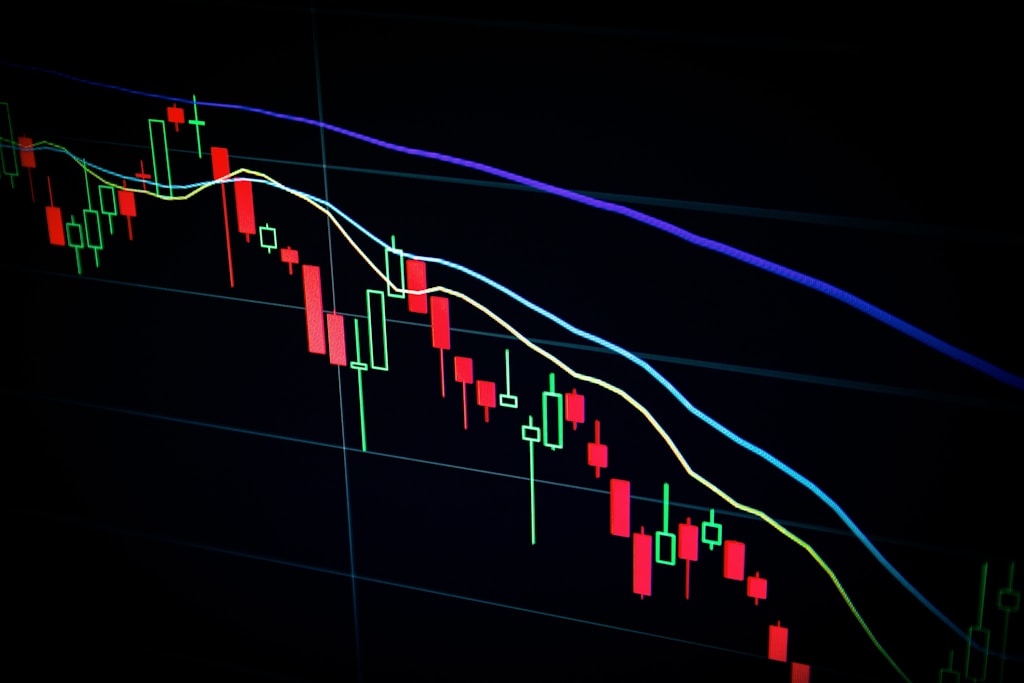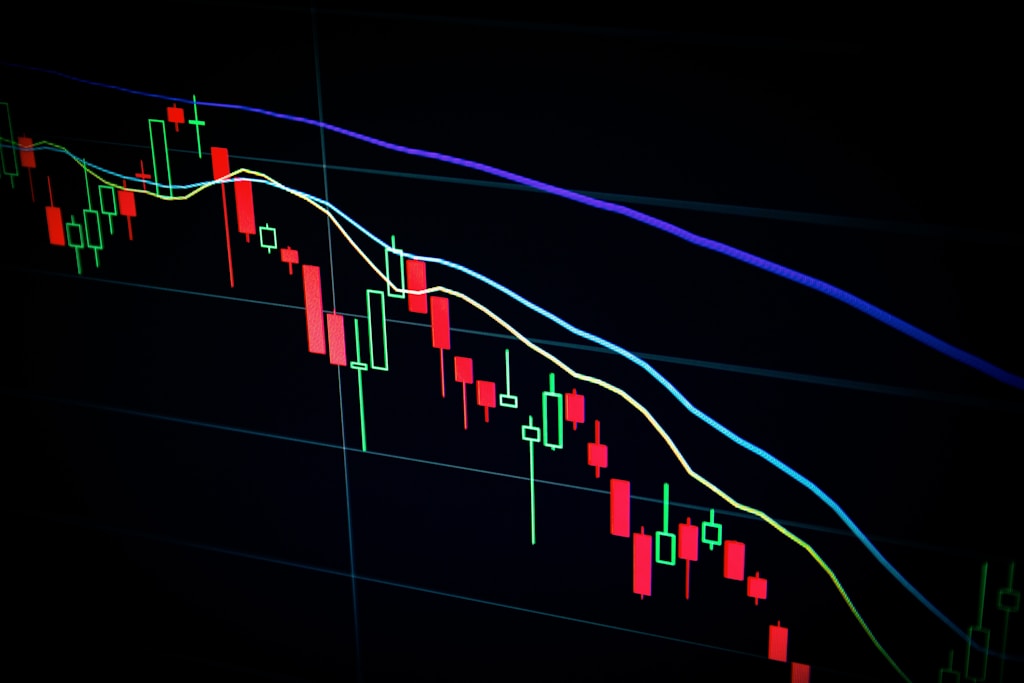In a significant move for Asian blockchain development, Ripple has announced a strategic partnership with Japan’s Web3 Salon, backed by a substantial funding commitment to accelerate blockchain innovation in the region. This initiative comes at a crucial time, as XRP shows strong market momentum with analysts projecting significant upside potential.
Key Partnership Details and Funding Structure
The partnership introduces two major funding components:
- Up to $200,000 in grant funding per project
- 1 Billion XRP commitment for XRPL ecosystem development
The XRPL Japan and Korea Fund will focus on early-stage teams developing solutions in:
- DeFi applications
- Tokenized real assets
- Digital payment systems
Comprehensive Support Framework
Beyond financial backing, the program offers:
- Hands-on workshops with industry experts
- One-on-one mentorship opportunities
- Regulatory guidance and compliance support
- Access to Ripple’s global network
Strategic Events and Community Building
The partnership includes four major events scheduled through March 2026, featuring:
- Startup pitch sessions
- International panel discussions
- Investor networking opportunities
- Regulatory compliance workshops
JETRO’s Regulatory Support Role
The Japan External Trade Organization (JETRO) will provide crucial regulatory support by:
- Facilitating connections with government bodies
- Streamlining compliance processes
- Supporting cross-border operations
Global Network Access
Selected startups will benefit from:
- Access to Ripple’s customer network
- Technical expertise and resources
- International market testing opportunities
- Cross-border payment pilot programs
FAQ Section
Q: Who can apply for the funding?
A: Early-stage teams in Japan working on DeFi, tokenization, or payment solutions on the XRP Ledger.
Q: What is the maximum funding available?
A: Each project can receive up to $200,000 in grant funding.
Q: When will the program start?
A: The program is launching immediately with the first round of applications opening soon.
Featured image: Shutterstock








